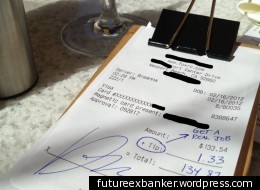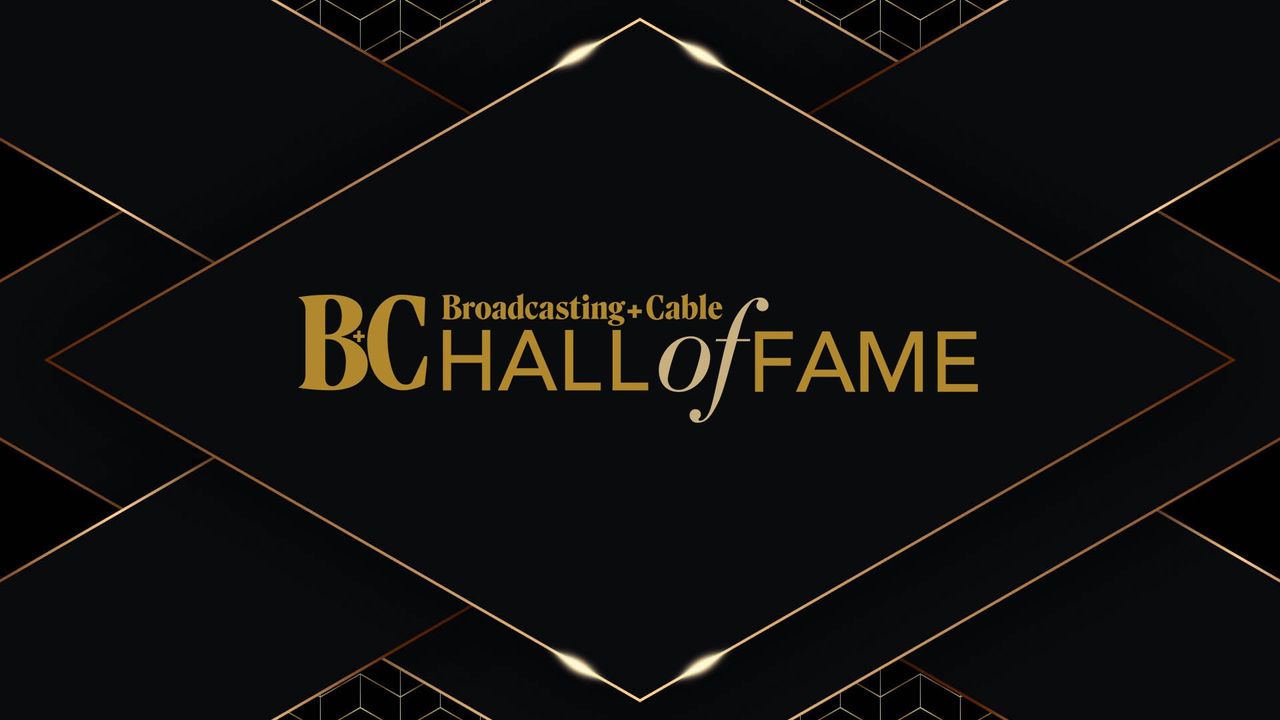Banker Leaves 1% Tip On $133 Lunch Bill In Defiance of 'The 99%' [UPDATED]
Saturday, February 25, 2012

- Tip Pool Method #3 Employer may require waitstaff to surrender all tips to a general tip pool where a manager counts tips and then disburses them among wait staff and other workers such as bussers, food runners or hosts/hostesses. This arrangement can work well in a small family type setting. If the employer is trustworthy and the servers trust one another this method can work well. Tipped employees are encouraged to work more as a team. This arrangement is not recommended for large restaurants. In this situation, servers lose their say in how much they want to tip out and can lose the incentive to sell high end bottles of wine if they must share the success of the sale/higher tip amount with the entire staff. Often these types of tip pools are more prone to illegal deductions and coworkers may pocket some of their tips instead of surrendering them. Also, its common for resentment to build among staff who consistently sell more than other servers.
Read the Article at HuffingtonPost









